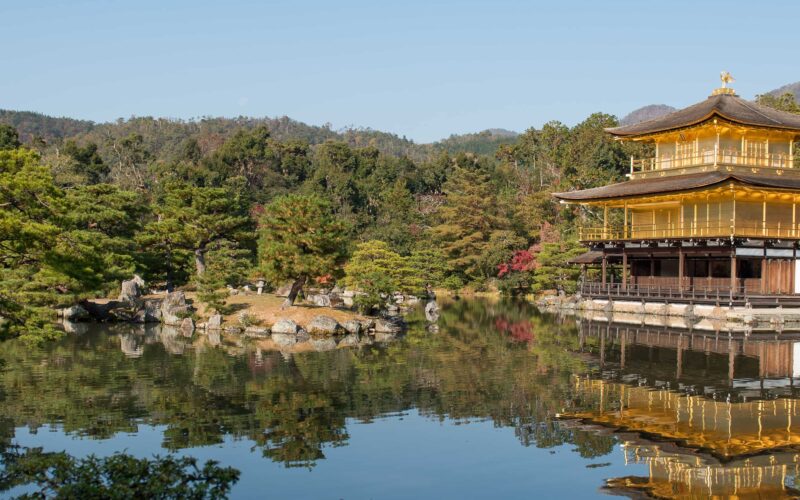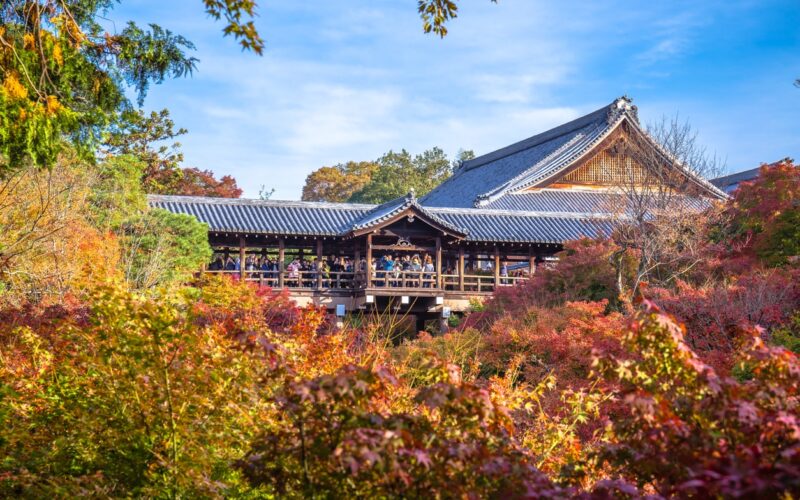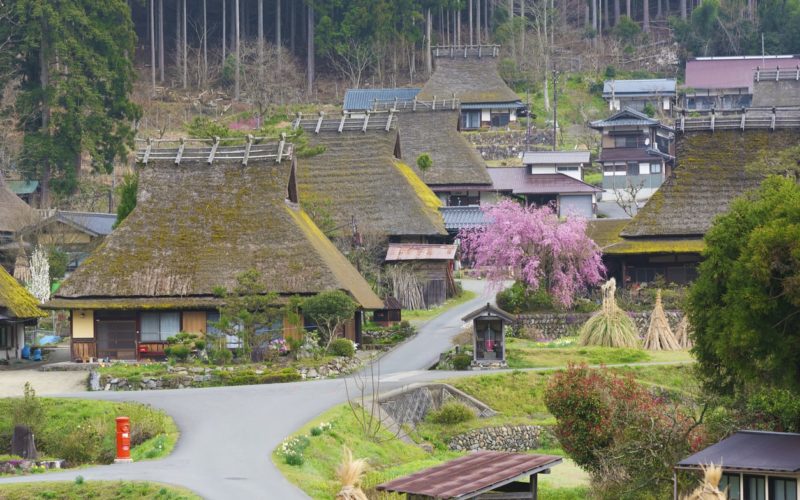Kyotango
Singing sand and special silk in Kyoto.
Kyotango is a picturesque seaside area in northwestern Kyoto Prefecture. Located on the Tango Peninsula, its beautiful beaches and easy accessibility from Kyoto and Osaka make it a perfect for a quick getaway from urban life to explore a unique cultural pocket of Kyoto.
The entire city, with an area about 9/10ths the size of the island of Guam, is located inside the San’in Kaigan Geopark, and its geological diversity makes it home to a number of interesting natural features as well as structures. A few highlights include:
Kirifuri Waterfall – A 21-meter-high, 4-meter-wide waterfall that gets its name from the way the water splashes against the rocks to form a misty spray.
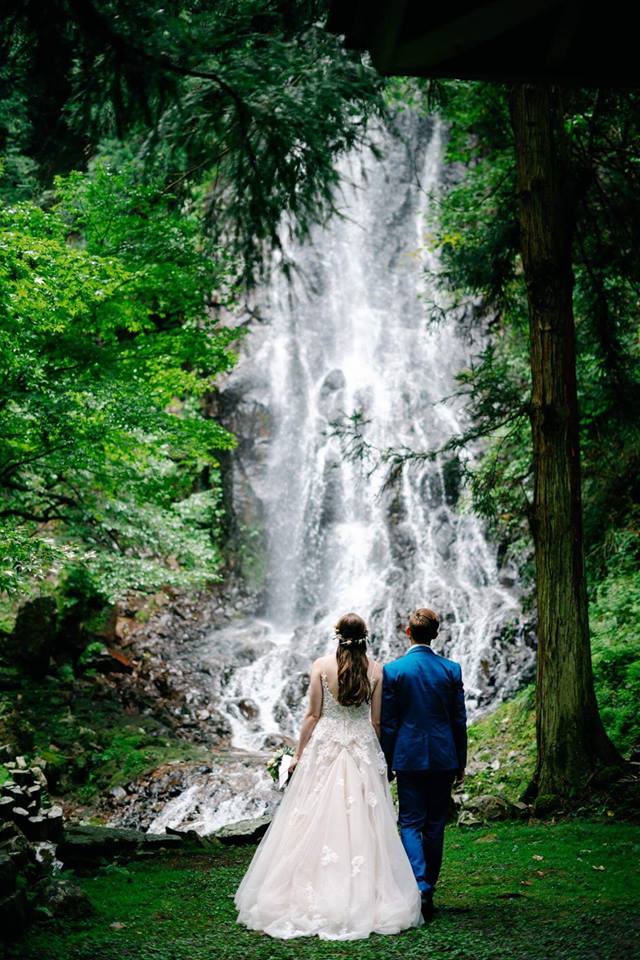
Photo by: BEyond Weddings & Events Kirifuri Waterfall is for lovers.
Tate-iwa and Byobu-iwa – These two towering coastal rock formations are located about a half hour walk from each other. The 13-meter-high Byobu-iwa is said to resemble a folding screen, while legend has it that an oni, or demon, is confined beneath the mighty Tate-iwa.
Uchiyama Beech Woods – This picturesque woodland is one of the largest beech woods in the prefecture and home to around 300 different types of trees. Guided tours are available for visitors who want to find out more.
Kyoga Misaki Lighthouse – This lighthouse marks the northernmost point of the Kansai region, and offers stunning views out across the Sea of Japan.
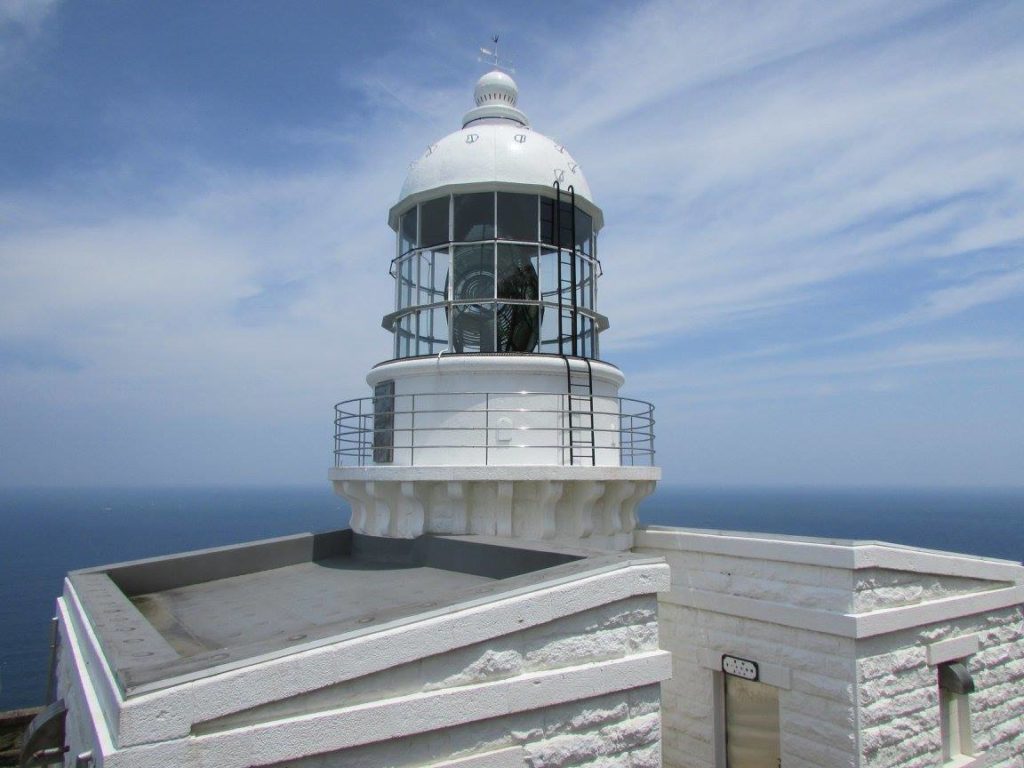
Photo by: Visit Kyotango Kyogamisaki Lighthouse is located on the edge of Tango Peninsula.
Kyotango by season
Kyotango prides itself on being a year-round resort destination, with different activities and sights to enjoy during the different seasons.
Spring/Summer
After the cherry blossoms bloom in the spring, the region’s 16 beaches are the perfect summer relief. One of the larger and more famous of these is Kotobikihama Beach. Its name means “koto playing beach” – a koto being a traditional Japanese stringed instrument – which comes from the unique singing noise the sand is said to make when you walk on it. (You can even find videos of it on YouTube.)
Fall/Winter
In the fall, visitors can harvest local fruits and vegetables – including pears, peaches and sweet potatoes – at orchards such as Yasaka Fruit Kingdom, which also allows you to eat as much as you like while you pick! In winter it’s even possible to ski here, at the Swiss Village Ski Resort on 683-meter Mount Taiko, in the north of the region. As with any good resort spot in Japan, Kyotango also has its fair share of onsen (hot springs). Whatever time of year you visit, head to Kumihama in the west to experience the best of the region’s hot springs.
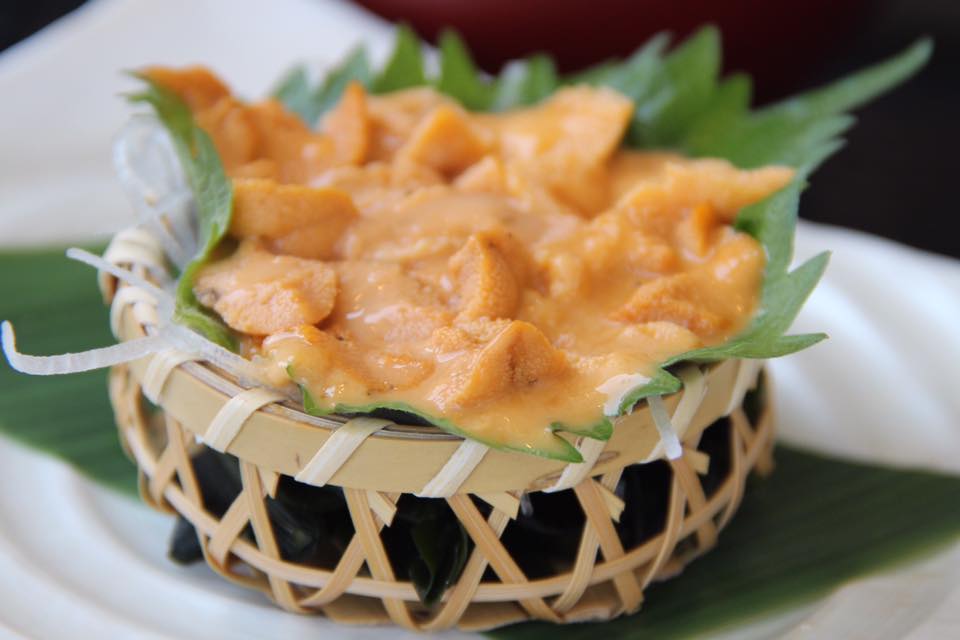
Photo by: Visit Kyotango Some of the freshest sea urchin, or uni, at Kyotango.
Local textiles and cuisine
Kyotango’s most famous local product is Tango chirimen, or silk crepe. Amino is one of the biggest producers of this high quality, flat-woven fabric, which has a characteristic crimped texture. Its soft feel and vibrant colors make it popular for making kimono (traditional Japanese clothing) and other classic Japanese-style accessories such as purses and wrapping cloth. This makes it a great souvenir of your trip. In Amity Tango, it’s possible to see how chirimen is made at the Chirimen Culture Center, and even have a go at dyeing some yourself!
Kyotango is also known for its production of top quality rice, which – as well as being eaten – is used by local brewers to make sake (Japanese rice wine). Kinoshita Brewery in Kumihama offers tours and tastings to visitors interested in sampling the local tipple. Of course, try some of the area’s fresh oysters and sea urchin before delving into the sake.
Topics: Beaches, kyoto, lighthouses, views
